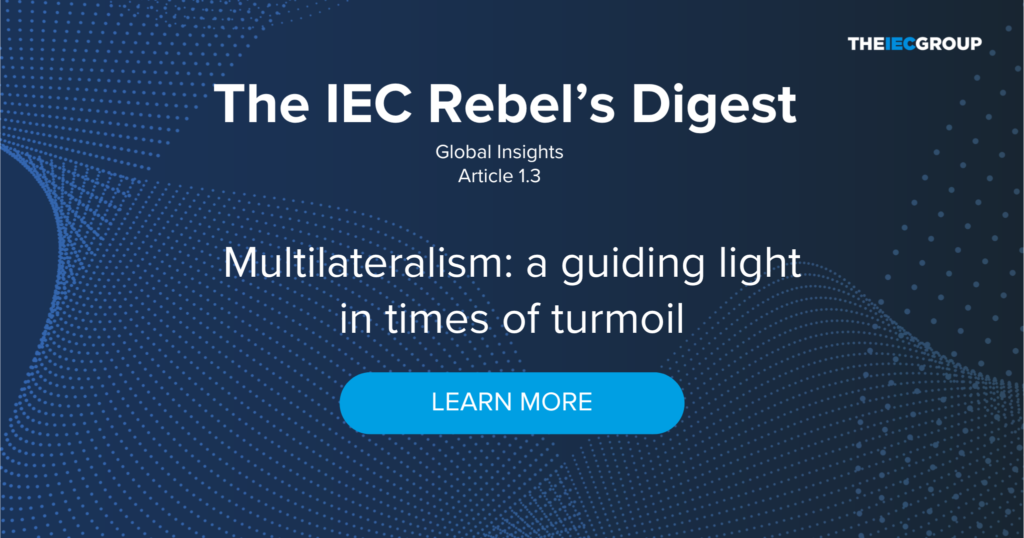Introduction
Global businesses expanding into new countries grapple with a glaring issue: their employer branding often fails to connect locally. Culture nuances are ignored, diversity overlooked, hindering talent engagement. Some local Employer of Record (EOR) partners step in to bridge these gaps, ensuring effective talent recruitment.
The choice between direct approaches and EORs becomes pivotal for success in securing local talent. But be careful, many EOR buyers see this as a transaction—about cost reduction, flexible labour arbitrage, etc. It’s not about building a deep new capability. The branding part is important, but we don’t think it’s the most important issue. Most orgs learn this the hard way.
Global businesses looking for local talent in targeted expansion countries must ensure their employer brand resonates locally as well as globally. This applies irrespective of whether the recruitment is run directly from head office or via a local Employer of Record (EOR) partner.
Most global businesses don’t do the local bit well. To be honest, in our experience they’re often shockingly bad.
In over 20 years working across Asia Pacific (APAC) with international businesses I repeatedly haggled with US and European headquarters over talent acquisition campaigns – they just looked so foreign. Overseas-originated employer branding can often appear alien and unattractive to talent in expansion countries.
Recruitment teams often don’t spend enough (or any) time on the ground in expansion countries, and fail to grasp the nuance of the culture. For example, APAC is often treated as a single region while in reality each country is quite different. Being on the ground helps understand the different cultural and business mores in countries as diverse as Korea, Japan, Indonesia, Singapore, India, Thailand, Japan and others in the region.
While North American and EU employer branding and images are generally inclusive within their local Northern Hemisphere region – images and messages usually include a mix of Caucasians, African Americans and Hispanics – they often exclude other cultures and races.
Some forward-thinking businesses incorporate an Asian image, but is it the appropriate portrayal? Is this individual Malaysian, Filipino, Korean, Japanese, and Chinese? If Indian, does the person follow Hindu, Muslim, Christian beliefs, or others? Is the imagery and messaging effectively tailored to engage a particular culture, race, or country? Do staffers in the headquarters of global businesses understand which images and messaging are most likely to help engage and recruit the best talent in specific countries in APAC, Africa, The Middle East, or South America? Sadly, the answer is often: “no”.
This is where a local EOR can add massive value in crafting messaging to find the best local talent. EORs know what’s culturally and locally attractive and apply that knowledge and in-country experience to recruit local talent that helps expanding businesses grow and thrive across the globe.
A recent global survey and report from EOR analysts The IEC Group states:
“Many enterprise executives are now seeking effective, global technology platform-driven EOR organizations who are legally compliant in target countries and who can help them with their challenges in staffing, as well as in accelerating the business expansion plans…”.
Additionally, EORs are fully across local employment legislation and related compliance requirements and provide a wide range of other talent recruitment and management services.
They can add value beyond the recruitment stage by managing local staff on behalf of global brands. This can mitigate what is often a complex challenge as described in a Harvard Business School blog about international business issues:
“Another challenge of international business is managing employees who live all over the world. When trying to function as a team, it can be difficult to account for language barriers, cultural differences, time zones, and varying levels of technology access and reliance”.
Global brands should consider which approach best suits their international expansion plans. Even if they possess significant international business experience, that doesn’t always mean it can be applied to directly manage teams in a new location. Engaging an EOR to assist with the initial set-up and launch can often be a good initial step to build in-house knowledge about conditions on the ground in the new market.
Whether you chose to go direct or expand via an EOR partner, finding and acquiring the best local talent will determine your success – or failure. Make sure your employer branding is up to the job.
CAUTION: Exercise caution, as many EOR buyers view this as a transaction centered on cost reduction and labor flexibility. It’s not solely about establishing a profound new capability. While branding is vital, it’s not the primary concern. For a new workforce under an EOR setup, employees must feel integrated into the organization—access to facilities, branding, benefits, etc. Some organizations realize this belatedly, after inadvertently demoralizing and disengaging their staff through discrimination. A shift in approach often yields transformative results.


